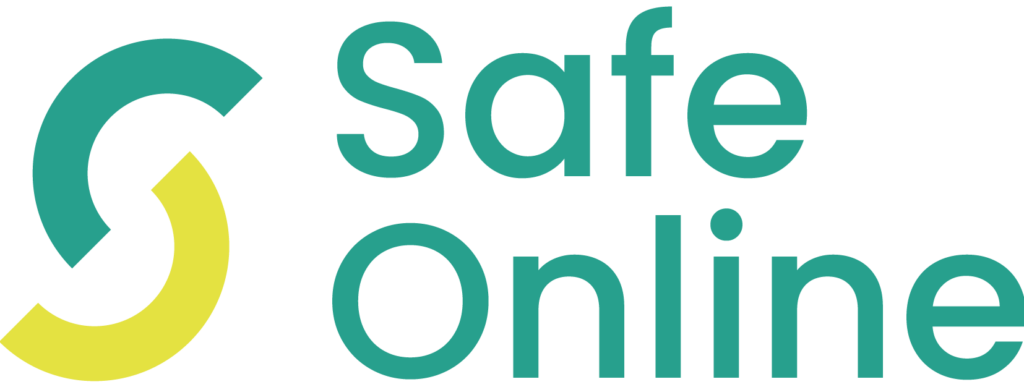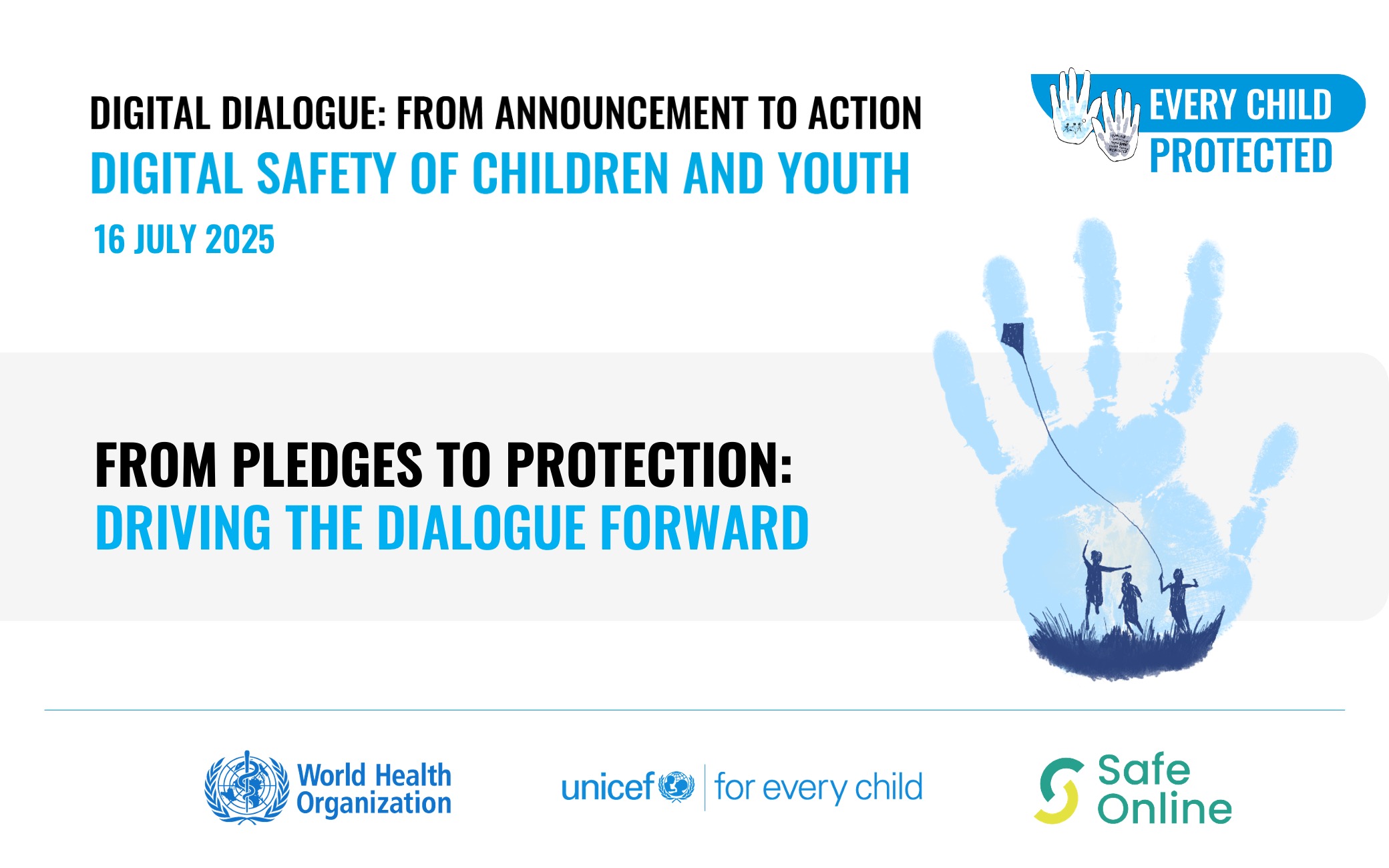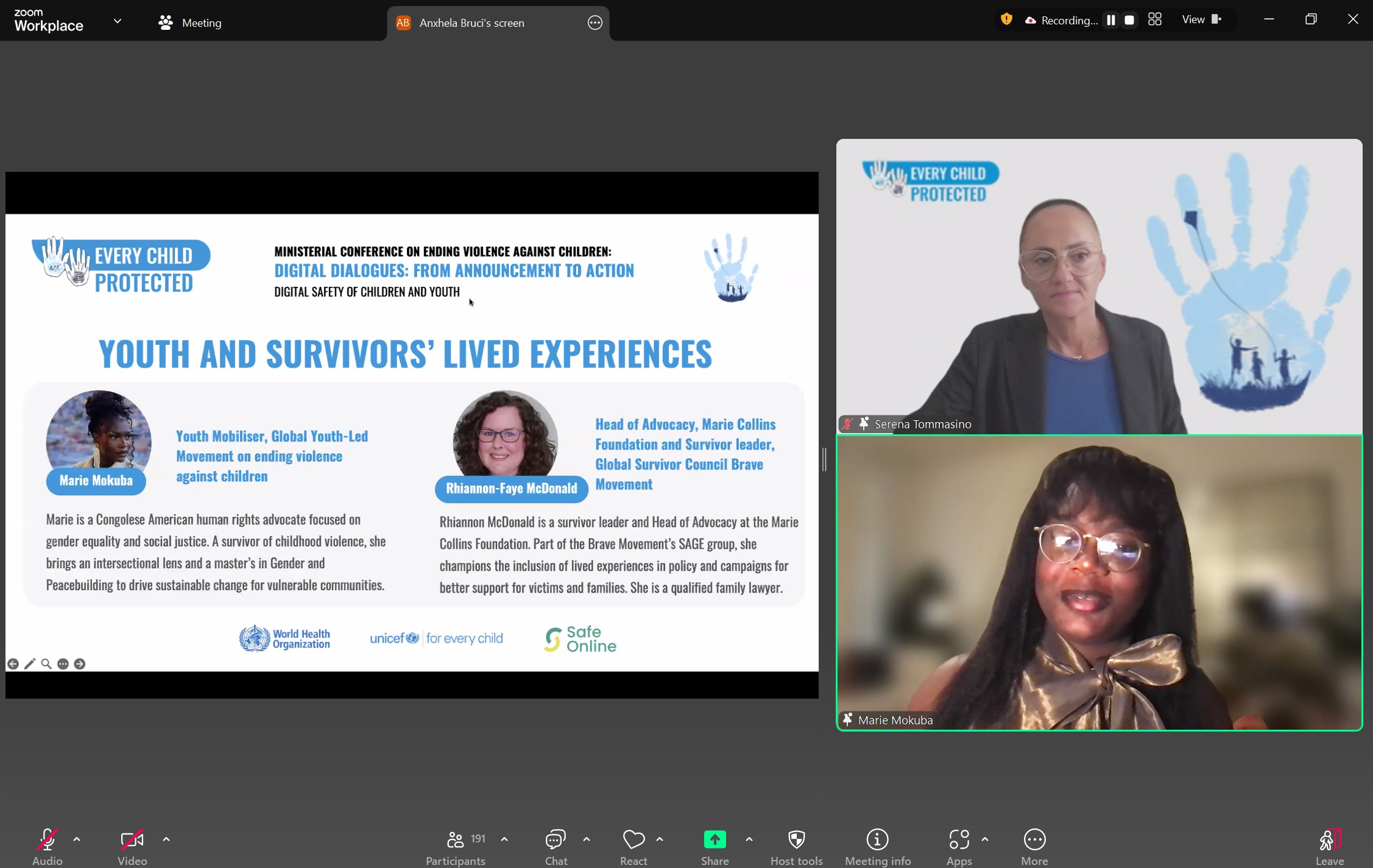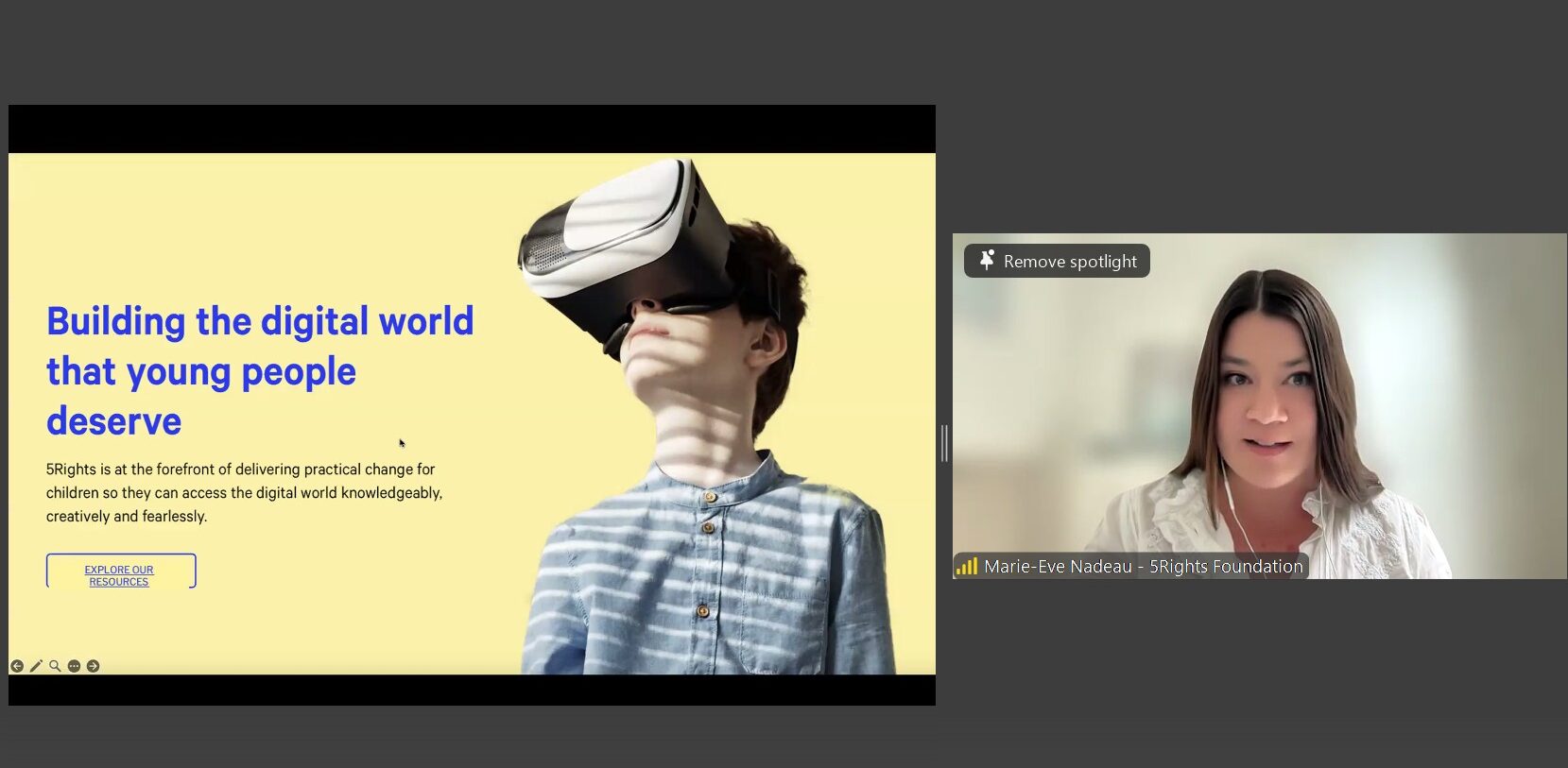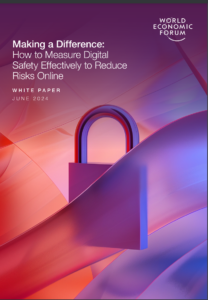
What is digital safety and how do we measure it?
A recent white paper by the World Economic Forum’s Global Coalition for Digital Safety highlights the critical need for assessing digital safety. It provides a roadmap to navigate the complexities of measuring digital safety in the context of ongoing technological advancements and evolving regulatory frameworks.
